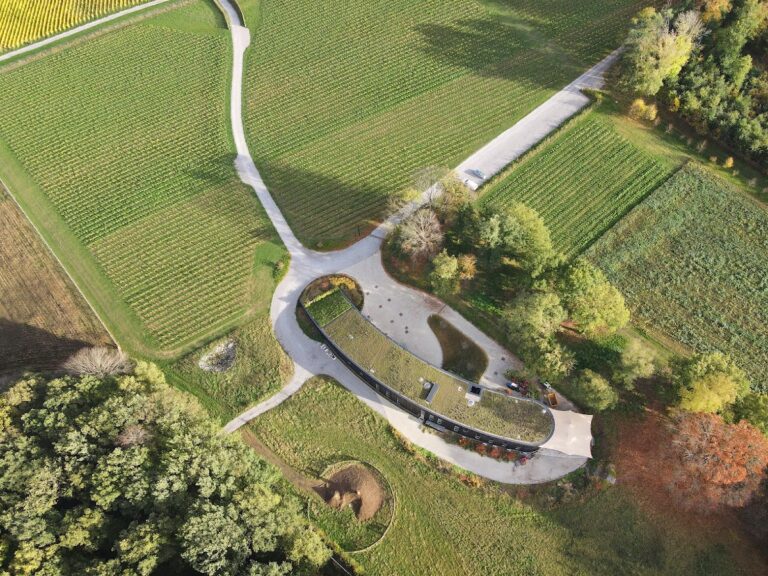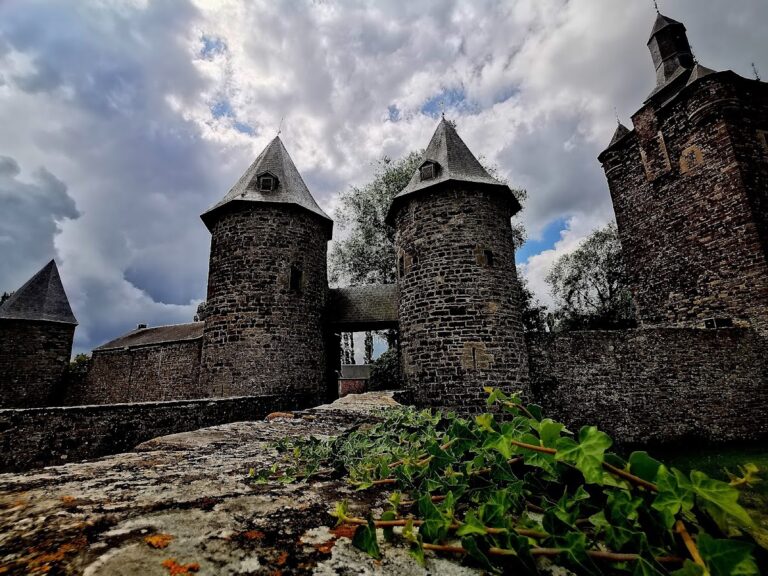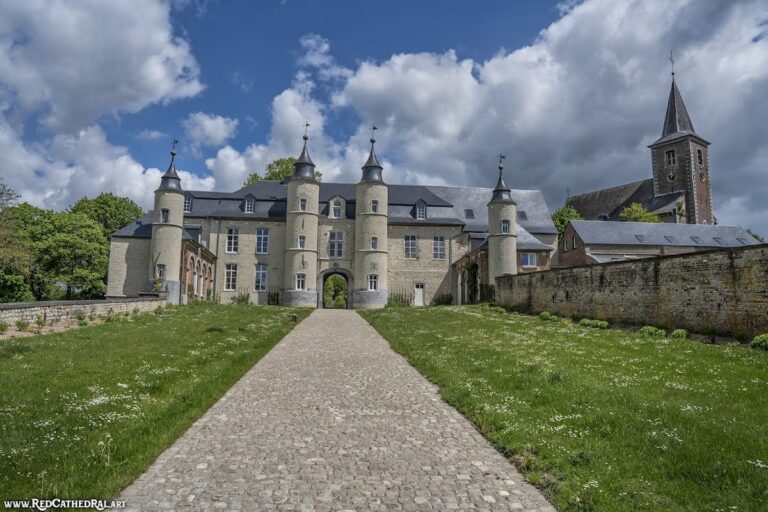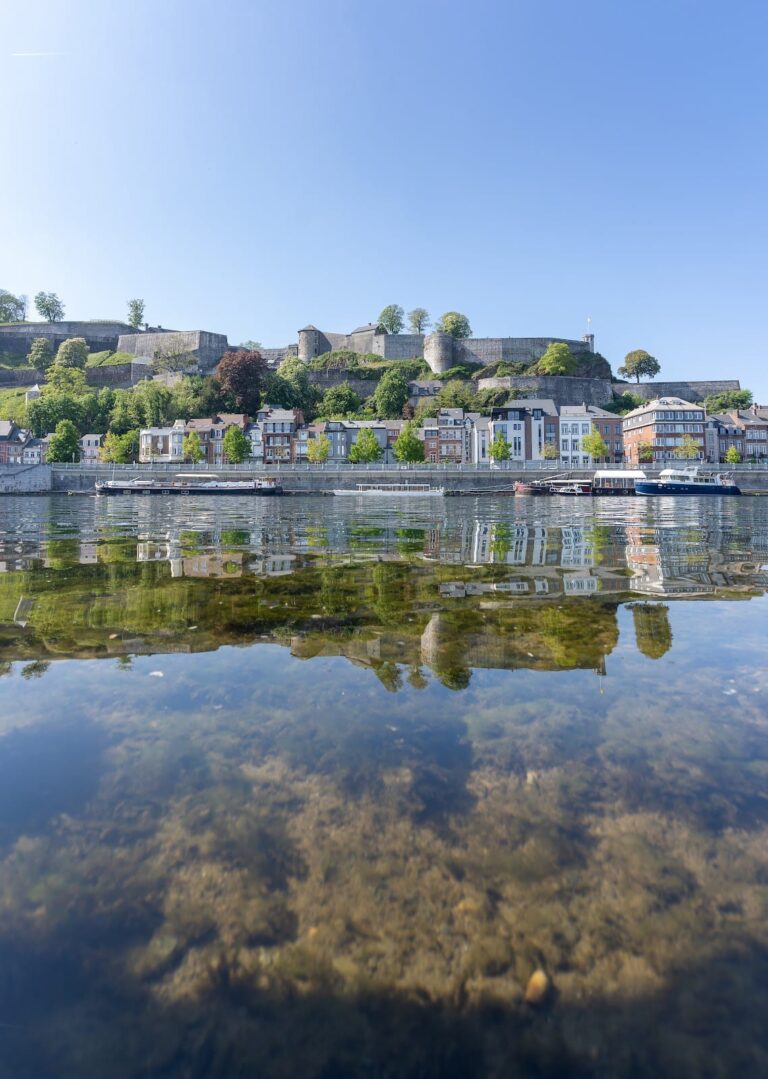Château de Bierbais: A Historic Noble Estate in Mont-Saint-Guibert, Belgium
Visitor Information
Google Rating: 4.1
Popularity: Very Low
Google Maps: View on Google Maps
Country: Belgium
Civilization: Unclassified
Remains: Military
History
The Château de Bierbais is situated in Mont-Saint-Guibert, Belgium, within the village of Hévillers. This estate has a long history rooted in the region’s noble traditions, with its origins tracing back to the European feudal period.
In the 16th century, the estate known as Bierbaix under Hévillers was recorded in the Croÿ album, a collection of documents charting noble properties. During this time, the land was held by various aristocratic families, such as Béatrice de Berghe, baroness of Cusance, who transferred ownership in 1652 to Gabriel le Fébure. The property stayed within the networks of related families for more than two centuries, passing through the hands of names like d’Honradt, de Monte around 1772, van Beeck, and notably the de Man de Lennik lineage.
The de Man family played a significant role in the estate’s development, particularly Corneille de Man, who held the office of treasurer of Antwerp and was lord over several estates, including Lennik and Auderghem. During the upheaval of the French Revolution, Hyacinthe de Man expanded the Bierbais domain by acquiring neighboring lands. His father, Charles-Joseph de Man de Lennik, added to the estate’s prestige through his passion for rare botanical species, nurturing an important plant collection at Bierbais until his death there in 1834. Additionally, Anne Marie de Man de Lennik enhanced the estate’s greenhouses, aligning with the European fashion for heated glass structures in that era.
Over time, the estate grew into a distinguished property comprising a château, a fortified medieval donjon, a private chapel, and various agricultural and garden buildings. Recognizing its historical and architectural value, the entire park along with these structures was officially protected as a historic monument beginning in 1977.
Remains
The Château de Bierbais estate features a collection of buildings and garden elements reflecting centuries of development. Its arrangement showcases a blend of agricultural, residential, defensive, and ornamental architecture built mainly with brick and limestone, finished in a warm yellowish plaster.
The primary dwelling, the château itself, includes its oldest section from the late 18th century. Around 1826, the de Man de Lennik family remodeled the two-story building in a neoclassical fashion, emphasizing symmetry and classical proportions popular at the time. A distinctive addition is the winter garden constructed circa 1829 by Hyacinthe de Man de Lennik. This single-floor garden features a rounded recess known as an apse, and was designed to serve as a ballroom, complete with a large organ case—a tribute to its use for social gatherings and music.
Within the park, a medieval tower-donjon stands as a prominent historic structure. Originally built centuries earlier, in the early 19th century it was heightened and crowned with a wooden structure covered in slate, incorporating four small corner turrets called échauguettes, which are lookout posts typical of medieval fortifications. This romanticized style of the tower captured the imagination of 19th-century artists and writers. However, the wooden cap was removed around 1907, altering its silhouette.
Near the estate’s chapel, the owners designed an artificial cascade lined with rocks. This feature was supplied by an underground canal and poured into a large excavated pond, contributing to the landscape’s picturesque character. The grounds were further shaped in 1825 with an English-style landscaped park crafted by the garden architect Petersen, reflecting contemporary tastes for naturalistic garden layouts.
Below the château, a sizable greenhouse was established to maintain the family’s collection of exotic plants. This facility demonstrated the estate’s botanical interests and the use of advanced heated glasshouses, which were fashionable throughout Europe at the time.
Together, these elements compose a historic ensemble that illustrates the evolution of a noble estate over several centuries, combining medieval heritage with 19th-century refinements in architecture and gardening.







